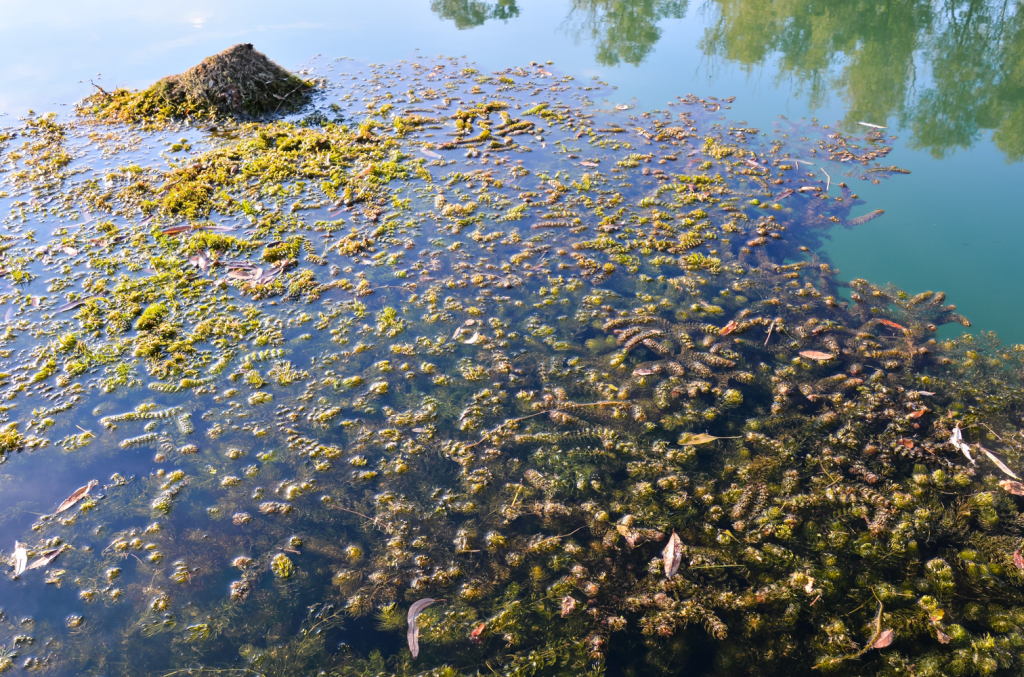Aquatic weeds may seem like a minor nuisance, but their unchecked growth can have devastating effects on water ecosystems. These invasive species not only disrupt the natural balance but also threaten biodiversity, water quality, and recreational activities. Implementing effective aquatic weed control is a crucial step toward preserving the health and sustainability of our lakes, rivers, and wetlands.
In this blog post, we’ll explore why aquatic weed control is critical for healthy water ecosystems. Read on!
1. Maintaining Ecological Balance
Aquatic weed control plays a vital role in preserving the delicate balance of aquatic ecosystems. When invasive weeds such as hydrilla, water hyacinth, or Eurasian watermilfoil take over, they can quickly outcompete native plant species. This leads to a decline in biodiversity and disrupts food chains that support fish, amphibians, and other aquatic life. By managing these invaders, we help maintain the diversity and stability that healthy ecosystems require to thrive.
2. Protecting Native Species
Uncontrolled aquatic weeds can smother native plants and create unsuitable habitats for native fish and wildlife. Dense weed mats reduce oxygen levels, block sunlight, and change water temperature — conditions that are unfavorable for many native species. Weed control helps protect native flora and fauna by keeping the aquatic environment closer to its natural state, giving native organisms a chance to survive and thrive without being crowded out.
3. Enhancing Recreational Activities
Lakes and rivers choked with aquatic weeds can severely limit recreational opportunities. Boating, fishing, swimming, and kayaking become difficult, unpleasant, or even dangerous when weeds entangle propellers, fishing lines, or swimmers. Managing aquatic vegetation keeps waterways clear and accessible for both local communities and tourists, supporting outdoor activities and regional economies that rely on them.
4. Supporting Fisheries and Aquatic Life
Healthy fish populations depend on well-balanced aquatic environments. Excessive weed growth can alter spawning grounds, reduce foraging areas, and interfere with fish movement. In some cases, dense vegetation harbors predators or causes sudden changes in oxygen levels that lead to fish kills. Weed control ensures that aquatic habitats support the full life cycles of fish and other species, contributing to more stable and productive fisheries.
5. Preventing the Spread of Invasive Species
Aquatic weed control not only addresses existing infestations but also helps prevent the spread of invasive plants to new areas. Watercraft, fishing gear, and even waterfowl can transport fragments of invasive species from one body of water to another. Regular monitoring and management minimize the risk of new infestations, safeguarding surrounding ecosystems and lowering long-term control costs.
6. Preserving Aesthetic and Property Value
Overgrown aquatic weeds can dramatically affect the appearance of ponds, lakes, and rivers, turning once-beautiful landscapes into eyesores. This can have a direct impact on property values and discourage investment in waterfront real estate. Controlling aquatic weeds helps maintain the visual appeal of water bodies, preserving property values and encouraging responsible development near aquatic environments.
7. Encouraging Sustainable Water Use
Unchecked weed growth can clog irrigation channels, intake pipes, and drainage systems, making water management inefficient and costly. For agricultural, industrial, and municipal users, effective weed control ensures that water resources remain available and usable. Sustainable water use depends on the ability to manage aquatic vegetation in a way that supports both ecological and human needs.
Aquatic weed control is essential for preserving the health, balance, and usability of our water ecosystems. From protecting native wildlife to improving water quality and supporting recreational activities, effective management of invasive aquatic plants plays a vital role in keeping our lakes, rivers, and ponds thriving. Investing in aquatic weed control services ensures that these environments remain clean, accessible, and ecologically balanced — not just today, but for future generations as well. Whether you’re a homeowner, land manager, or part of a local community, taking action to manage aquatic weeds is a smart and sustainable choice.


